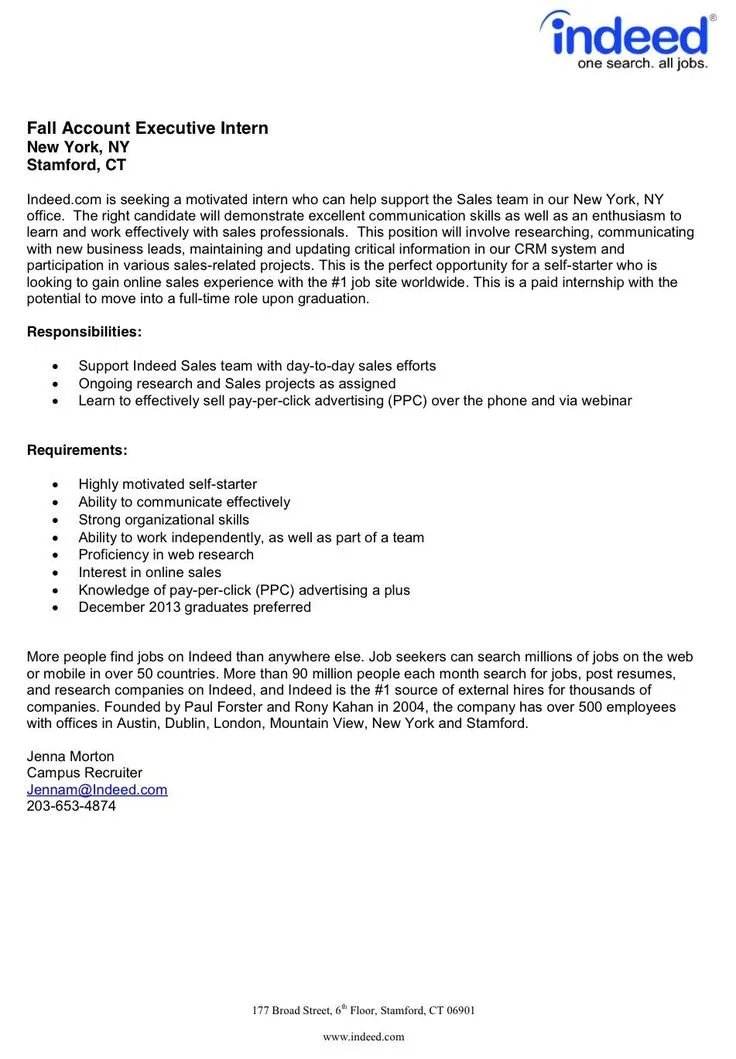Why a Strong Indeed Cover Letter Matters
In the competitive landscape of job searching, a well-crafted Indeed cover letter is your essential first impression. It goes beyond the resume, offering a chance to humanize your application and express genuine interest in the role. A cover letter allows you to showcase your personality, explain career gaps, and emphasize how your unique skills align with the specific job requirements. It’s not just about listing qualifications; it’s about telling a compelling story that convinces the hiring manager you’re the right fit. A strong cover letter sets you apart from other candidates by demonstrating your communication skills and your proactive approach to the application process. When applying through Indeed, a well-written cover letter can significantly increase your chances of getting an interview and ultimately landing the job.
Understanding the Importance of a Cover Letter
A cover letter on Indeed serves as your personal introduction to potential employers, providing context and personality that a resume alone often lacks. It gives you the opportunity to expand on your resume, explain why you are interested in the specific position, and describe how your skills and experiences align with the job’s requirements. It highlights your accomplishments with real-world examples, making your application more compelling and memorable. Recruiters often use the cover letter to assess your communication skills, writing style, and attention to detail—factors that are critical in many professional roles. A well-written cover letter proves that you’ve taken the time to understand the company and the job, signaling your genuine interest and initiative.
What Recruiters Look for in a Cover Letter
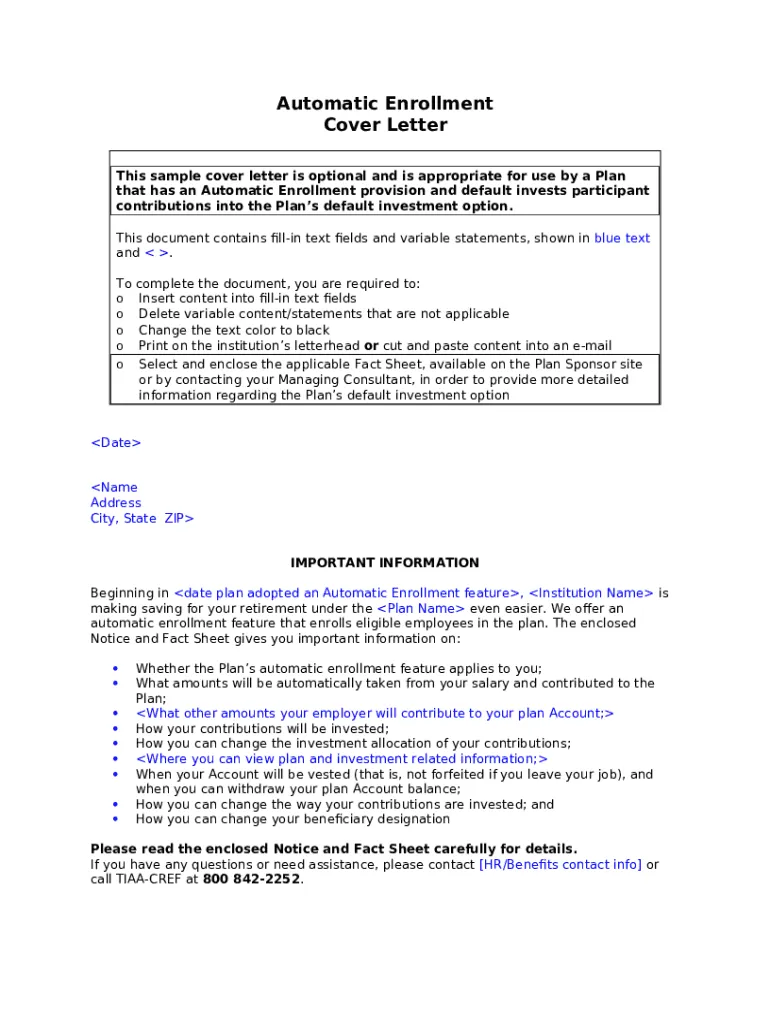
Recruiters on Indeed often scan cover letters for specific elements that indicate a strong candidate. They look for evidence of genuine interest in the role and company. They value a clear demonstration of how your skills and experience match the job requirements, using specific examples to support your claims. Proof that you’ve researched the company and understand its values is also a significant plus. They appreciate concise and well-structured writing that showcases excellent communication skills. Avoid generic cover letters; instead, customize each one to reflect the specific job and company. Recruiters also notice the tone and style, seeking professionalism and a hint of personality. Showing enthusiasm and a proactive approach to the application process can make a significant difference in capturing their attention.
Key Components of a Winning Indeed Cover Letter
A winning Indeed cover letter includes several key components. Start with a compelling opening paragraph that grabs the reader’s attention and clearly states your purpose. In the body, highlight relevant skills and experience, providing specific examples and quantifiable results. Tailor your letter to the job description, emphasizing the keywords and requirements. Show your knowledge of the company, explaining why you’re interested in working there. Close with a strong call to action, expressing your enthusiasm and availability for an interview. Proofread carefully for any errors in grammar or punctuation. Make sure your contact information is up-to-date and easily accessible. These elements work together to create a persuasive and professional cover letter.
Formatting Your Indeed Cover Letter
Formatting is crucial for readability and professionalism. Use a clear and professional font, such as Arial, Times New Roman, or Calibri, with a font size between 10 and 12 points. Keep the letter concise, aiming for one page at most, especially for online applications. Use single spacing with a blank line between paragraphs to improve readability. Include clear headings and subheadings to organize the content logically. Ensure proper alignment and margins for a neat appearance. If you’re uploading a document, save it in a commonly accepted format, like .doc or .pdf, to avoid formatting issues. Proper formatting makes your cover letter easy to read and demonstrates attention to detail.
Choosing the Right Tone and Style
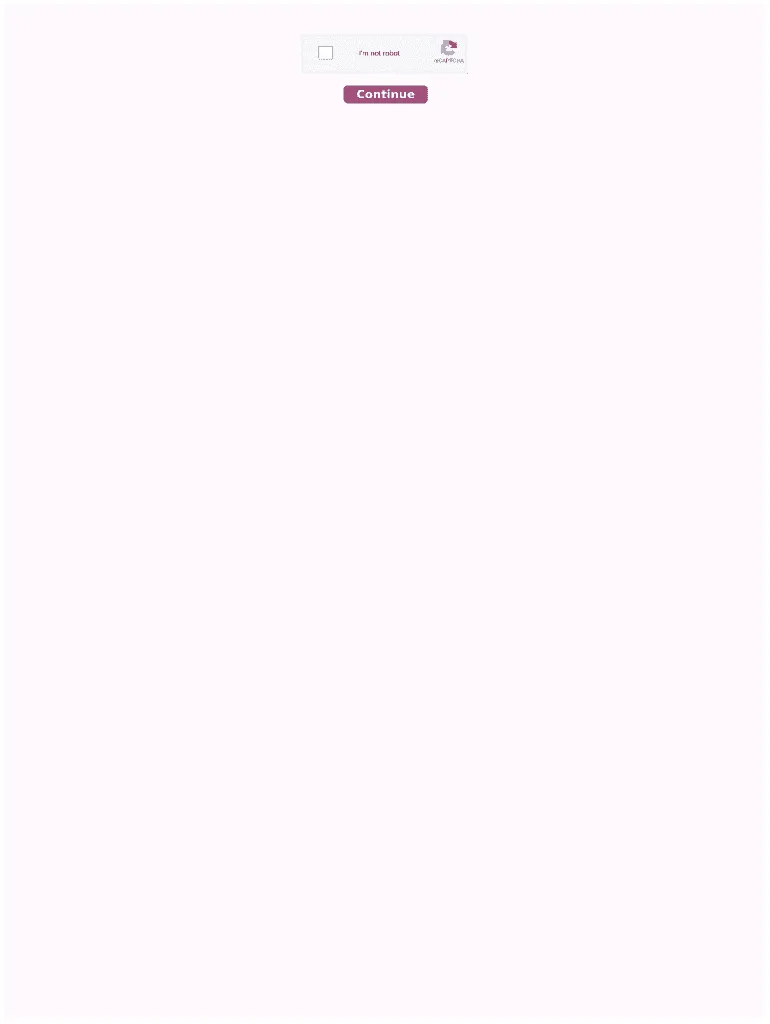
The tone and style of your cover letter should reflect professionalism while also allowing your personality to shine through. Aim for a positive and enthusiastic tone, expressing your genuine interest in the job and company. Use active voice and strong verbs to make your writing engaging and impactful. Tailor the style to the industry and company culture; some companies prefer a more formal tone, while others are more relaxed. Avoid jargon or overly complex language, ensuring your message is clear and easy to understand. Proofread the letter to ensure it sounds natural and authentic, reflecting your personality while still maintaining professionalism. Showing personality makes you more memorable.
Highlighting Your Skills and Experience
When highlighting your skills and experience, focus on those that are most relevant to the job description. Use specific examples and quantifiable results to demonstrate your achievements. Instead of simply listing your responsibilities, explain what you accomplished and how it benefited your previous employers. Quantify your achievements whenever possible using numbers, percentages, or specific metrics. For instance, instead of stating ‘Managed social media,’ you might write, ‘Increased social media engagement by 30% through targeted content strategies.’ Tailor your examples to match the key requirements of the job. By providing concrete evidence of your skills, you make a stronger case for your candidacy.
Tailoring Your Cover Letter to the Job
Customizing your cover letter for each job application is crucial for success on Indeed. Start by carefully reviewing the job description, identifying the key skills, experience, and qualifications the employer is seeking. Then, structure your cover letter to address those requirements directly. Use the same keywords and phrases from the job description, showing that you understand what the employer is looking for. Provide specific examples from your past experiences that demonstrate how you possess the necessary skills. Explain why you’re interested in the specific role and company, showing that you’ve done your research. Customizing your letter proves you’ve taken the time to understand the job and are genuinely interested, making a stronger impression.
Keyword Optimization for Indeed
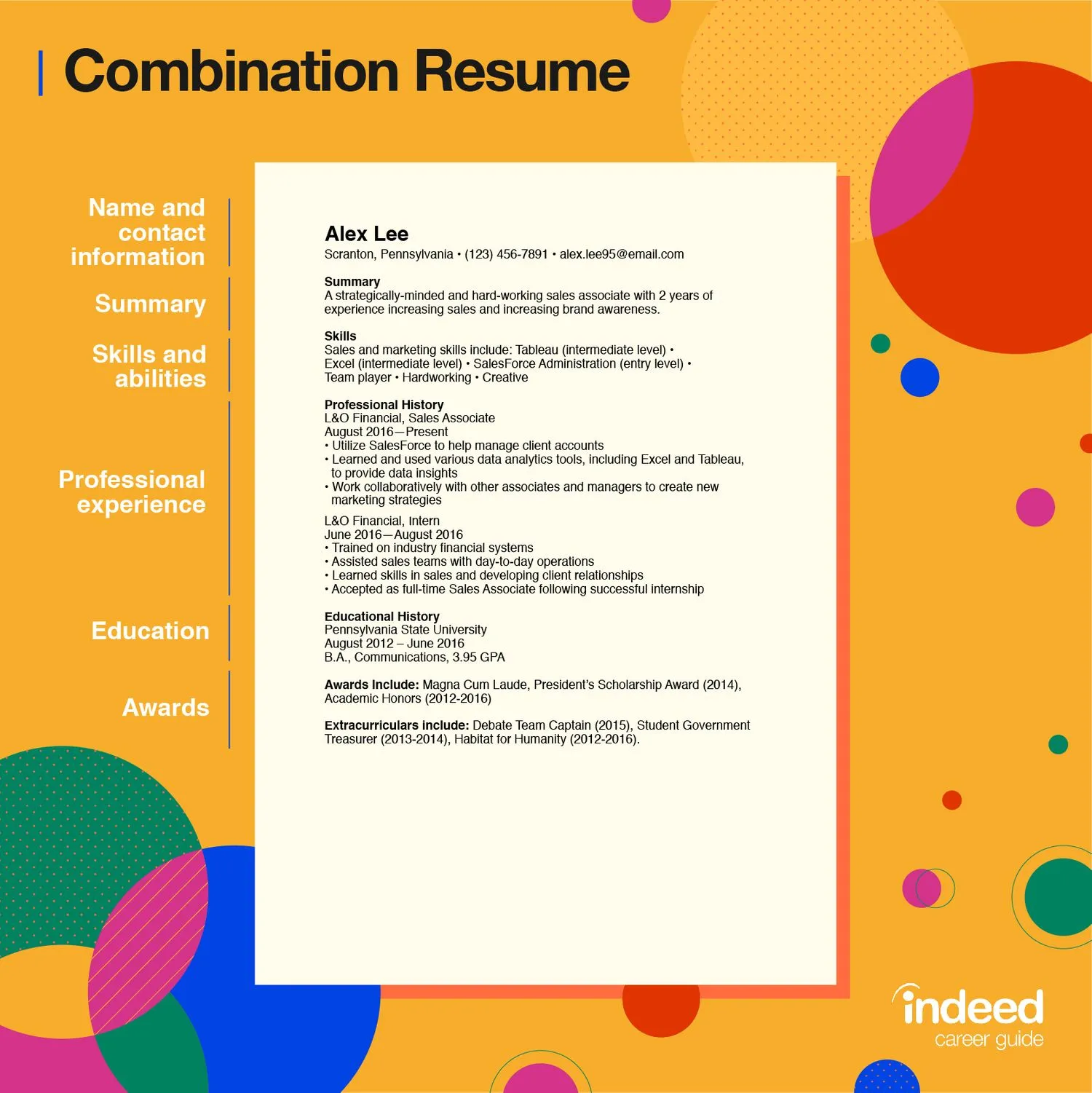
Optimizing your cover letter with relevant keywords can significantly improve your chances of getting noticed on Indeed. Review the job description carefully and identify the key terms and phrases that the employer uses to describe the required skills, experience, and qualifications. Incorporate these keywords naturally throughout your cover letter. Place them in your opening paragraph, in sections highlighting your skills and accomplishments, and in your closing statement. Remember to use keywords in context, ensuring your writing remains readable and professional. Avoid keyword stuffing, which can make your letter sound unnatural. The goal is to align your cover letter with the job description, making it easier for recruiters to find and consider your application.
Using Action Verbs to Impress
Using strong action verbs in your cover letter can make a significant impact. Action verbs help to showcase your accomplishments and make your writing more dynamic and compelling. Start each bullet point or description of your responsibilities with an action verb. Instead of ‘Responsible for managing projects,’ write ‘Managed multiple projects, delivering them on time and under budget.’ Examples of effective action verbs include: achieved, created, designed, developed, implemented, led, managed, optimized, and spearheaded. This approach helps make your cover letter more engaging, and it highlights what you’ve actually done. By using action verbs effectively, you can demonstrate your capabilities and grab the reader’s attention.
Proofreading and Editing Your Cover Letter
Proofreading and editing your cover letter is a critical step in the application process. Errors in grammar, spelling, and punctuation can undermine your credibility and give the impression that you lack attention to detail. After completing the first draft, take a break before proofreading to come back with a fresh perspective. Read the letter slowly, paying close attention to each word and sentence. Use a grammar and spell checker, but don’t rely on it entirely; it may miss some errors. Consider having a friend, family member, or career advisor review your letter for feedback. Ensure that the tone and style are consistent throughout. A well-proofread and edited cover letter demonstrates your professionalism and increases your chances of making a positive impression.
Common Mistakes to Avoid
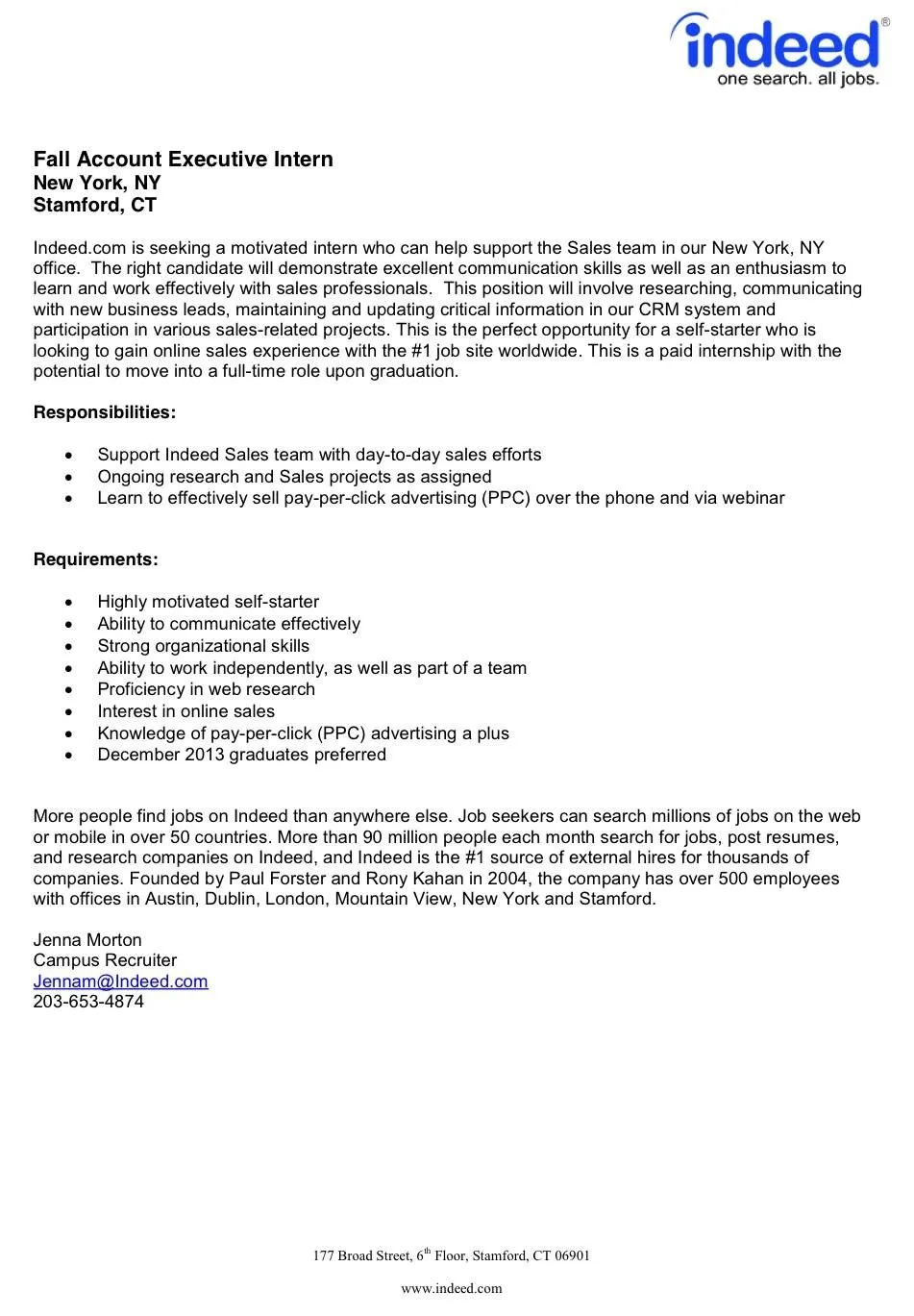
Several common mistakes can damage your Indeed cover letter and reduce your chances of success. Avoid generic, one-size-fits-all letters; always customize each letter to the specific job and company. Don’t use vague language; instead, provide concrete examples and quantifiable results. Refrain from simply restating your resume; your cover letter should expand on and highlight your accomplishments. Avoid typos, grammatical errors, and excessive jargon. Do not include irrelevant information that doesn’t align with the job requirements. Avoid negativity or complaints about previous employers. Always keep your contact information updated and easily accessible. Avoiding these common mistakes will help you create a polished and professional cover letter.
Cover Letter Examples for Inspiration
Reviewing cover letter examples can be a great source of inspiration and guidance. Search online for cover letter templates tailored to your industry or the specific job you’re applying for. Look at examples of successful cover letters to get an idea of how others have highlighted their skills, experience, and accomplishments. Pay attention to the structure, tone, and language used in these examples. Use the examples as a starting point, but customize your letter to reflect your unique experiences and qualifications. Remember that copying a cover letter word-for-word is not recommended; instead, use the examples to learn and adapt to your own situation. Numerous resources on Indeed and other career sites provide cover letter examples.
Reviewing Successful Indeed Cover Letters
Analyzing successful Indeed cover letters can provide valuable insights into what works. Identify cover letters that have led to interviews or job offers. Examine how the applicants highlighted their skills and experiences in relation to the job requirements. Notice the structure of the letters, including the opening, body paragraphs, and closing. Look for the use of action verbs and quantifiable achievements. Pay attention to the tone and style of writing, noting how it reflects professionalism and personality. Consider how the applicants tailored their letters to the specific job and company. Learning from successful examples helps you refine your cover letter and increase your chances of success. Reviewing successful cover letters will give you a better understanding.
Tips for Different Job Types
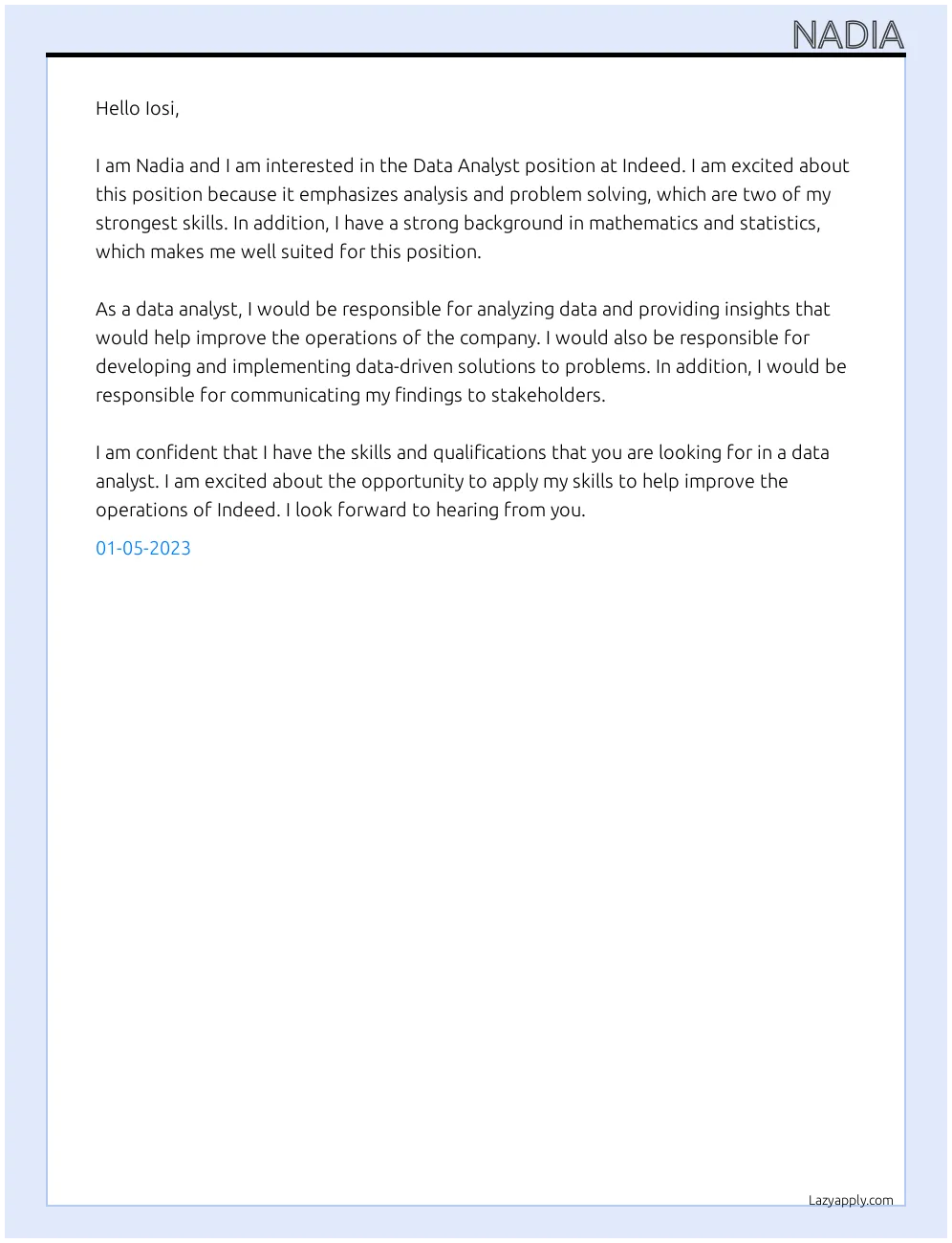
Tailoring your cover letter to different job types is crucial. For entry-level positions, emphasize any relevant internships, volunteer work, or academic projects. Highlight your skills, enthusiasm, and willingness to learn. For experienced professionals, focus on your accomplishments, leadership skills, and contributions to previous employers. Use specific examples to demonstrate your expertise and value. For managerial roles, show your ability to lead teams, manage projects, and achieve results. Highlight your experience in strategic planning and problem-solving. For creative roles, showcase your portfolio and demonstrate your creative skills. Use a creative and engaging style to stand out. Adjusting your cover letter to each job type ensures that you address the most relevant requirements and make the strongest possible impression.
Entry-Level Cover Letter Strategies
Entry-level cover letters require a slightly different approach. Since you may have limited professional experience, emphasize your skills, education, and any relevant internships, volunteer work, or extracurricular activities. Highlight transferable skills such as communication, teamwork, and problem-solving. Show your enthusiasm for the field and your willingness to learn. Customize your letter to the specific job requirements, demonstrating your understanding of the role and the company. If you have limited work experience, focus on your academic achievements, projects, or any relevant skills learned through training or online courses. Be clear about your career goals and why you are interested in the position. Your cover letter should highlight your potential and demonstrate your eagerness to succeed.
Experienced Professionals Cover Letter
For experienced professionals, your cover letter should showcase your significant achievements and leadership skills. Highlight your most relevant experience and quantify your accomplishments whenever possible. Use specific examples to demonstrate how you’ve contributed to previous employers, such as increasing sales, streamlining processes, or leading successful projects. Tailor your letter to match the job requirements, emphasizing the skills and experiences that align with the position. Show your understanding of the company’s goals and values. Demonstrate your ability to take on new challenges and deliver results. Your cover letter should reflect your expertise and confidence, demonstrating that you are the ideal candidate for the job. Use your cover letter to show value.
Cover Letters for Specific Industries
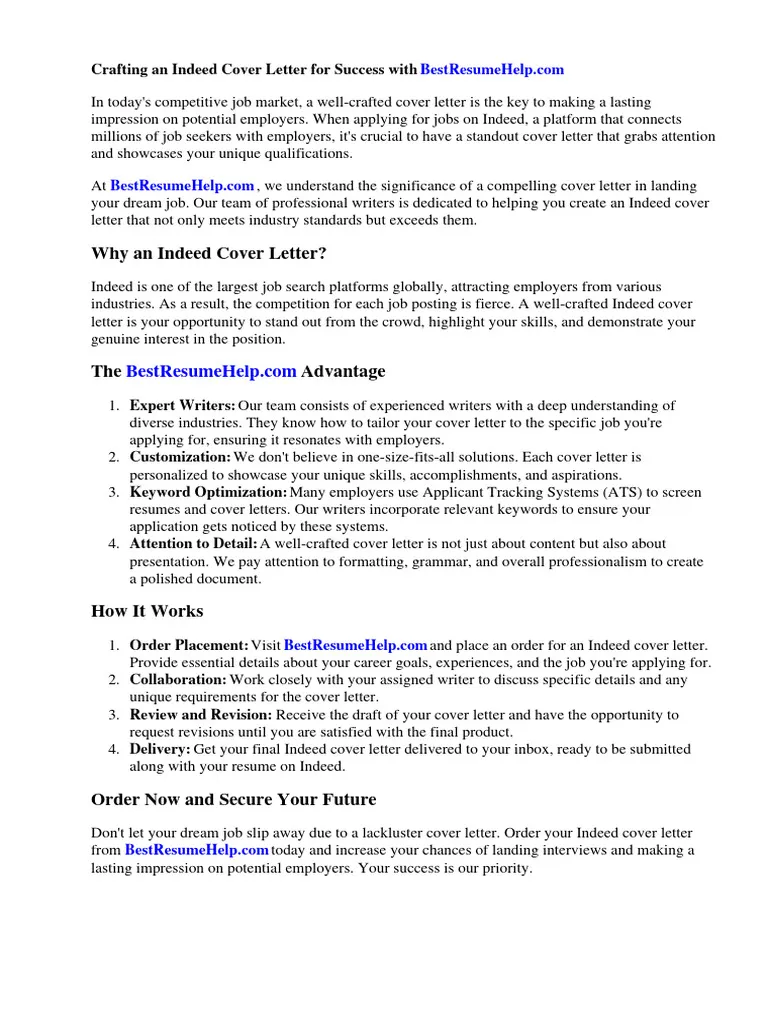
Cover letters for specific industries may require a specialized approach. For example, a cover letter for a tech position might highlight your technical skills, programming languages, and project experience. If you are applying to a creative industry, you might include a link to your portfolio and showcase your design or writing skills. If you are applying to a healthcare role, emphasize your patient care experience and medical knowledge. Tailor your cover letter to the industry’s specific jargon, requirements, and culture. Research the industry and company to understand their priorities and values. Your cover letter should reflect your understanding of the industry and show how your skills and experience align with its demands. Highlight the specific elements that are important to the industry.
Submitting Your Cover Letter on Indeed
Submitting your cover letter on Indeed is usually straightforward. When applying for a job on Indeed, you’ll often be prompted to upload your resume and cover letter. Ensure your cover letter is saved in a compatible format, like .doc or .pdf. If the application form does not allow you to upload a separate cover letter, you might be able to copy and paste the text into a designated field. Always review your cover letter before submitting to ensure it is error-free and well-formatted. In some cases, Indeed may provide a template for your cover letter. Use it, but customize it with your information and ensure it reflects your unique experiences and skills. Confirm that all of your application materials are submitted and that they appear correctly in your application.
Uploading and Formatting
When uploading and formatting your cover letter on Indeed, pay close attention to the file format and appearance. Save your cover letter in a widely accepted format, such as .doc, .docx, or .pdf, to ensure it is readable by the hiring manager. Ensure the formatting is consistent with the original document, including the font, font size, and spacing. Review the uploaded version to make sure that the formatting has not been altered. If you are copying and pasting the text into a form, be sure to adjust the formatting to match the platform’s requirements. Check the spacing, margins, and alignment to ensure it looks neat and professional. Proofread the uploaded document to make sure everything is displayed correctly. Make sure to check the file before submitting it.
Tracking Your Applications
Tracking your Indeed applications is essential to stay organized and manage your job search. Keep a record of the jobs you’ve applied for, including the company name, job title, and the date you submitted your application. Use a spreadsheet, document, or job search tracker to record the status of each application, such as ‘submitted,’ ‘under review,’ or ‘interview scheduled.’ Note any contact information for the hiring manager or recruiter. Set reminders to follow up on applications after a reasonable timeframe. Regularly check your Indeed account for updates on your applications, such as interview requests or rejection notifications. Tracking your applications keeps you organized, allows you to manage your time effectively, and helps you stay on top of your job search.
